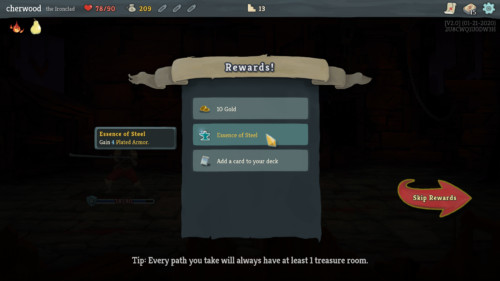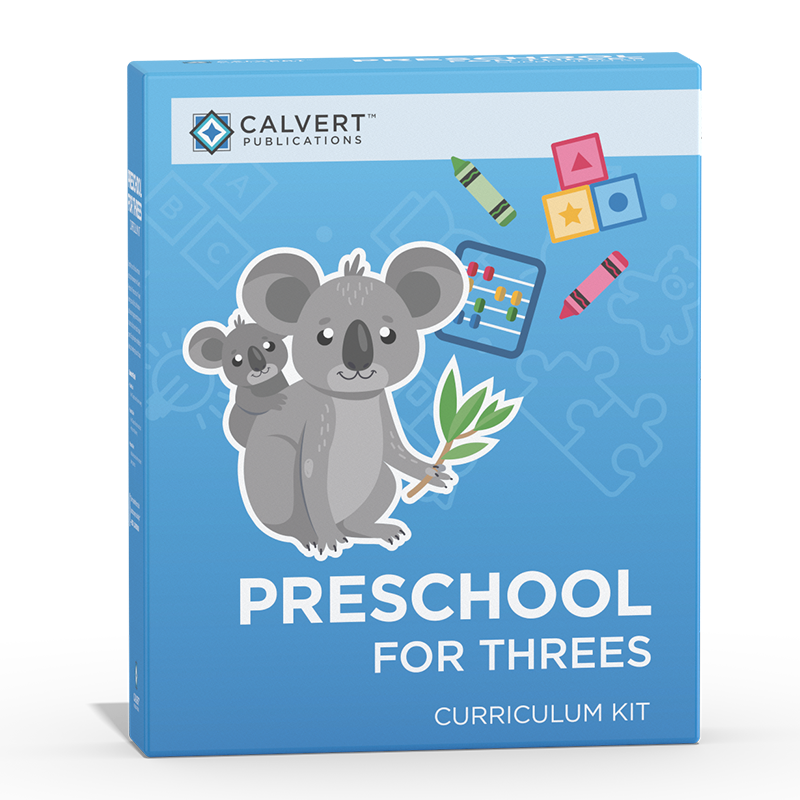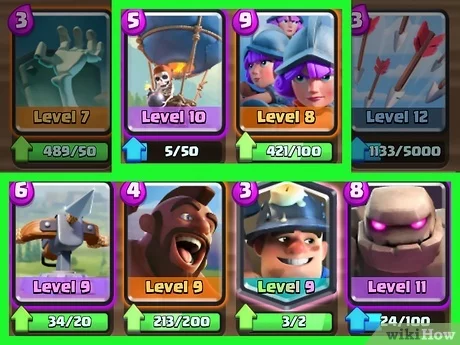
Conquer the Spire – A Definitive Guide to Mastering Slay the Spire
Slay the Spire, a roguelike deck-building game, presents a captivating challenge where players ascend a treacherous spire, battling monsters and collecting powerful cards to construct a winning strategy. Its strategic depth and addictive gameplay have cemented its place as a modern classic. This guide will delve deep into the mechanics, offering insights and techniques to elevate your gameplay and achieve victory over the spire.
Information: Understanding the Fundamentals of Slay the Spire

At its core, Slay the Spire combines elements of card games, roguelikes, and strategic deck-building. Each run sees the player choosing one of several unique characters, each with their own deck of starting cards and distinct abilities. The goal is to reach the top of the Spire, facing progressively harder challenges and bosses, while optimizing their deck and choosing from various rewards.
The Spire itself is a branching path of encounters, represented by icons on a map. Players navigate the map, making strategic decisions about which path to take, balancing risk and reward. Encounters range from simple battles with basic enemies to complex multi-stage elite encounters or shops where you can buy cards, potions, or relics. Relics provide permanent passive benefits that drastically alter gameplay, often providing a foundation around which to build a deck.
How to Write 5 Paragraphs to Analyze Your Slay the Spire Run

Analyzing your playthrough is crucial for improvement. Here’s how to break down your thought process into 5 key areas.
Paragraph 1: Initial Character Choice Early Deck Philosophy
Start by reflecting on character selection and starting deck. Consider:
- Why did you choose your selected character? Was it for comfort, a challenge, specific strategies or relics?
- What was your initial idea for the deck based on starting cards and the first few card choices?
- Did you try to identify a specific archetype (e.g., strength based, poison build, energy generation, etc) early in your run, or stay more flexible?
- Did your early choices reflect an “aggro rush”, a slow burn engine or something else?
Paragraph 2: Mid-Game Adaptability Decision Points
Here, analyze how you adapted to drops:
- Did you deviate significantly from your starting plan? What cards or Relics forced you to change?
- What decision points really shaped your run? (e.g., which Elite to fight, which path to take, which card to skip)
- Did you prioritize removing basic cards or adding specific ones at the shop?
- Where and how did luck play a role? (Think both good and bad luck)
Paragraph 3: Resource Management and Risk Assessment
Think about the balance of your choices:
- How well did you manage health, gold, and potions at various stages of the run?
- How did you weigh taking risks against consistent damage dealing?
- Did you engage in unnecessary fights which negatively impacted your health balance?
- Did you make use of “rest” areas wisely?
Paragraph 4: Final Deck Composition Strategy
Examine the final form of your deck in details:
- Take a final look at your deck, and how cohesive it had become. Did it align with the ideas from the first paragraph?
- Consider your cards synergies, if your deck was functioning effectively and if your relics were complementary.
- If you had a scaling gameplan, did it come to fruition? How about a burst deck?
- Did you choose cards based on single powerful cards or cards based on synergies?
Paragraph 5: Lessons Learned Improvement Areas
Conclude with a reflection on your run:
- What key lessons did you learn about deck composition, pathing, or risk management?
- What is one specific area you could focus on improving in future runs and how?
- What part of the game are you still struggling with? Card selections? Understanding Relics?
- Were your deck selections generally good, or based on bad assumptions of later game strength?
Special Tips and Tricks for Mastering Slay the Spire

To truly master Slay the Spire, consider the following advanced techniques:
- Synergy over Single Power: Don’t just pick powerful cards in isolation. Prioritize cards that work well together.
- Thinning Your Deck: Removing starting cards is often as important as adding new ones. Fewer cards make it more likely you’ll draw the key cards you need.
- Relic Synergy is Key: Focus on choosing relics that complement your deck’s strategy. Some relics are strong on their own, but truly powerful when combined.
- Plan for Scaling: Early on, choose cards that will be effective in the late game. Look for those that increase their effectiveness as the battles go on.
- Know Enemy Patterns: Each enemy has a predictable pattern of attacks. Learn these patterns to plan your defensive and offensive moves better.
- Don’t Be Afraid to Skip: There will be times when not picking a card is more beneficial. Avoid cluttering your deck with cards that don’t fit your gameplan.
- Experiment with Builds: Don’t be afraid to experiment with vastly different strategies than you thought would work.
- Watch Advanced Players: Observing experienced Slay the Spire players can provide insights on card choices, strategies, and optimal play. There are many content creators offering deep analysis.
- Utilize the Wiki: The Slay the Spire wiki is a valuable resource, with deep information into every card, relic and enemy.
- Evaluate After Each Fight: Assess the damage taken and how well your deck performed. Adjust your strategy accordingly.
Key Facts about Slay the Spire
Here are some key facts to solidify your understanding of Slay the Spire:
- Characters: The game features multiple characters with unique card pools, abilities and starting relics, each offering unique play styles.
- Cards: Hundreds of cards exist within the game, covering offensive, defensive, and utility skills, making deckbuilding diverse.
- Relics: Over two hundred relics modify gameplay, providing passive bonuses and often dictating the overall strategy selected.
- Run Variety: The procedural map and varying card rewards mean that each run is unique. This ensures high replayability.
- Difficulty: The game features various difficulty levels, allowing you to progressively challenge yourself after learning the basics.
- Endless Mode: An endless mode allows players to see how far they can push their strategy, adding a unique replayable quality.
- Multi-Platform: The title is available on multiple platforms including PC, consoles and mobile.
- Active Community: The game’s online community is very active, with forums and guides to further assist those who want to improve at Slay the Spire.
Frequently Asked Questions About Slay the Spire
Here are some common questions regarding Slay the Spire, answered concisely:
What is the best character to begin playing as?
The Ironclad is widely regarded as the easiest character to learn in Slay the Spire, due to its straight forward mechanics and generally well rounded cards.
How do I effectively build a synergized deck?
Focus on choosing cards that complement each other, and identify a “core” strategy and build around it. Card removal is essential to not dilute this strategy.
What are the most important things to do early in a run?
Focus on adding good single-card value to the deck, and evaluate relics very carefully to determine your scaling needs. If possible, try to remove curses so they do not clog your deck.
What is the best way to improve at the game?
Practice is paramount, analyzing errors in previous runs, and watch how more experienced players approach various difficult scenarios are your best way to improve. Also learning the mechanics of the game via the wiki will provide a deeper understanding of the game’s potential.
Is it worthwhile to fight every single Elite encounter?
Not necessarily. Elites are high risk and provide rewards, but often require specific deck compositions to counter their offensive output. Only engage them if you can confidently succeed.
Conclusion
Slay the Spire is more than just a card game; its a strategic puzzle, a test of adaptability, and deeply rewarding roguelike experience. By mastering its mechanics, employing clever strategies, and applying the above-mentioned tips, you’ll ascend the Spire with confidence and become a true master. Remember, each loss is simply an opportunity to learn, improve and start a fresh run with even better knowledge than before.




